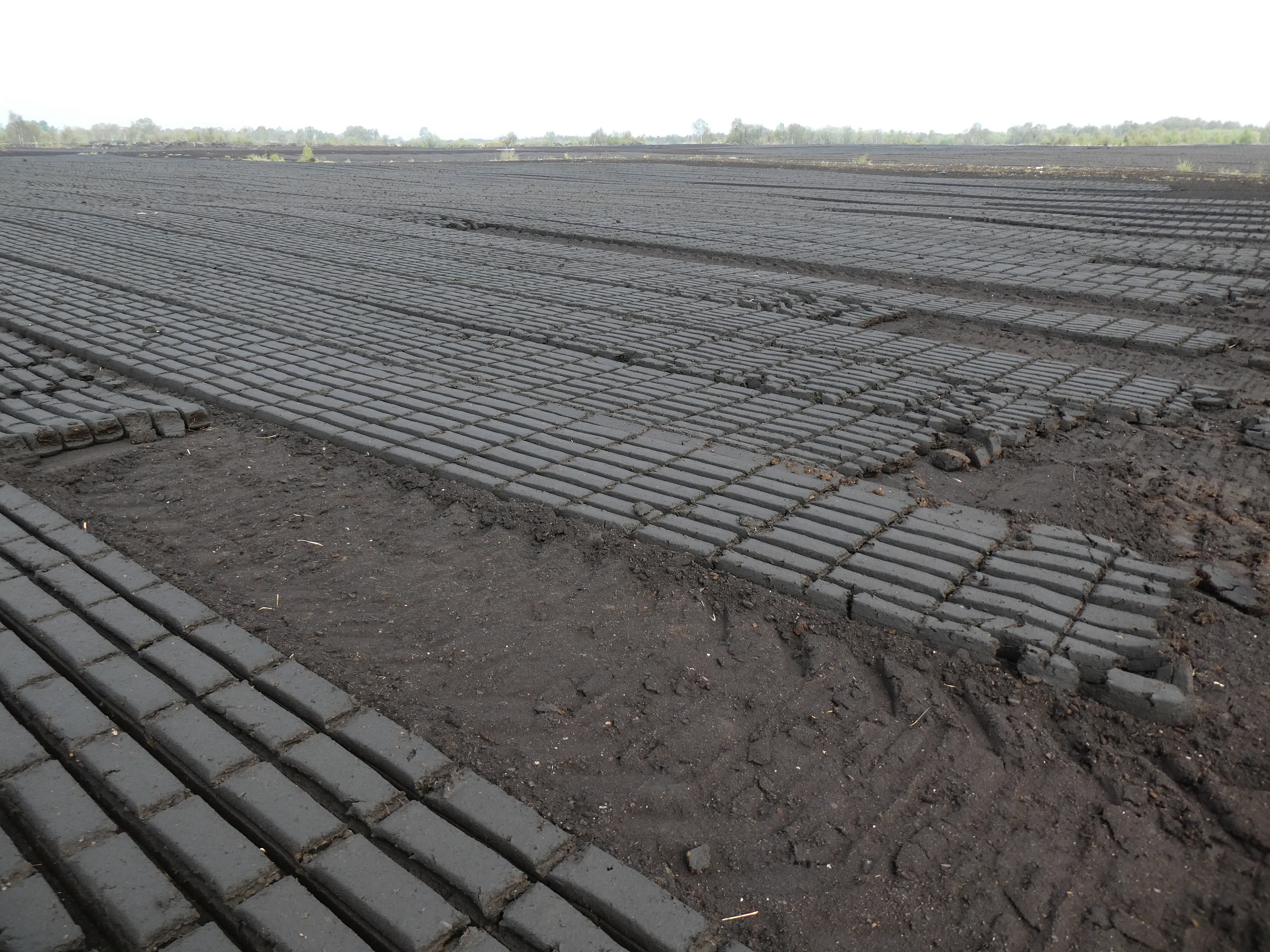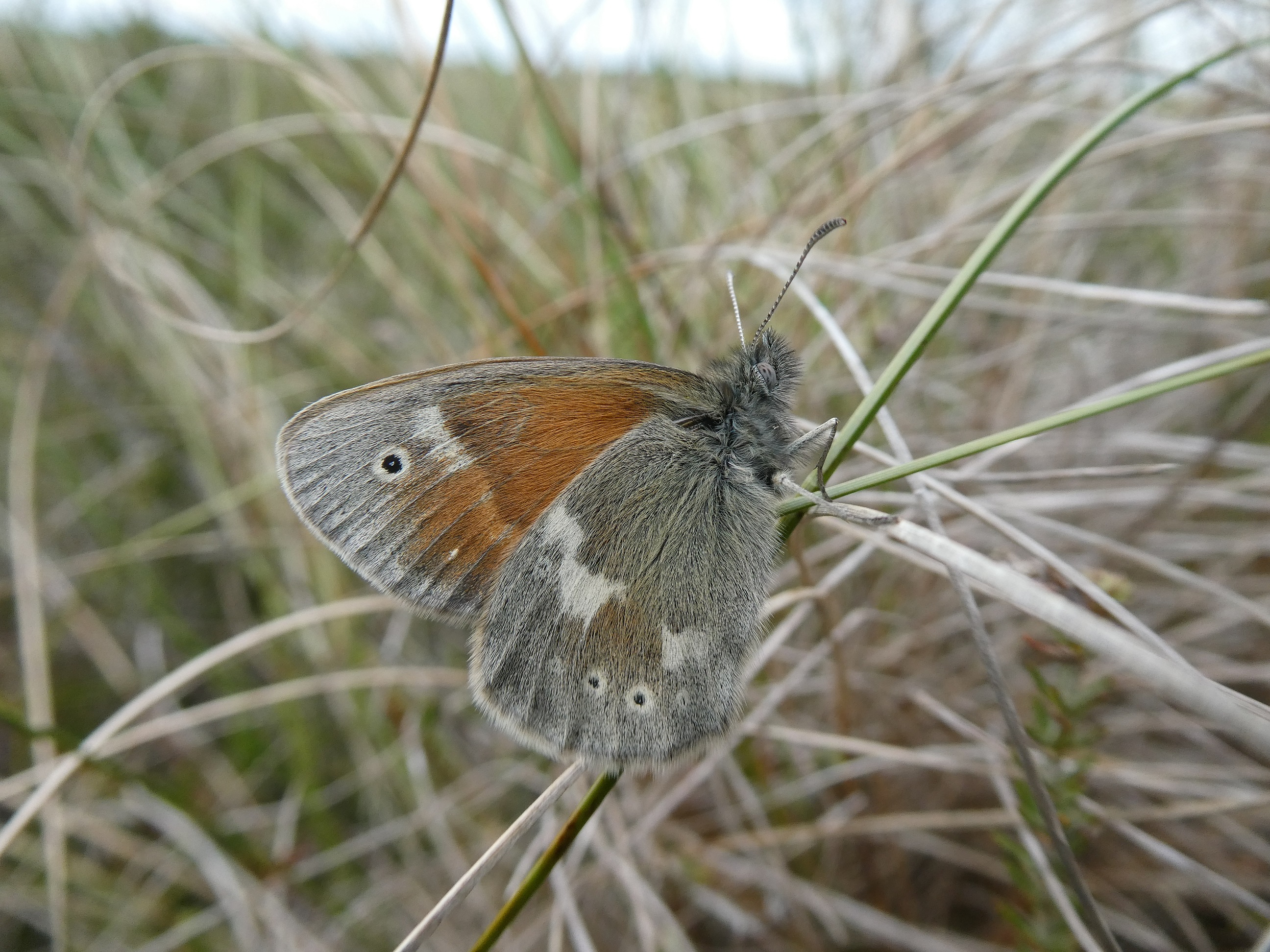The phrase “climate change” is inescapable right now. I heard the phrase used in the budget speech in the Dáil. I heard the term in a House of Commons debate on Tuesday 8th October. It is used everywhere, on TV, radio, online. It is used in school textbooks so everyone, young and old, is familiar with it. It has fired campaigning zeal especially from the young. Concern about climate change is not new. In The Great Gatsby, the American novel by F. Scott Fitzgerald published in 1926, Tom Buchanan expresses his confused view of climate change:
“I read somewhere that the sun’s getting hotter every year,” said Tom genially. “It seems pretty soon the earth’s going to fall into the sun-or wait a minute-it’s just the opposite-the sun’s getting colder every year”.
Tom does not comment on anthropomorphic climate change, the subject of most of today’s climate discourse but his remarks show an awareness of climate change.
Climate change is ‘normal’. It has occurred throughout history and pre-history. The nineteenth-century saw some very curious weather patterns in these islands. We had damp, warm weather in the second half of the 1840s, good weather for the most part from 1850-1877 and mainly colder conditions for most of the rest of the nineteenth century with the occasional warm, sunny summer (1893).
We have had some bitterly cold winters and even cold years. This most notably happened in the years 1739-1741 when bitterly cold weather killed an estimated 310,000-480,000 people out of an Irish population estimated at 2.4 million. This killed up to 20% of the Irish population, a far higher percentage than those killed by The Great Famine 1845-1850. The seas froze, cattle and sheep died of the cold, crops failed. The frozen Shannon was crossed on horseback.
No cause has been identified for this remarkable climate event. Climate change expert Professor John Sweeney of the Irish Climate Analysis Research Unit (ICARUS) at Maynooth University said the cause of the catastrophic winter of 1740-41, often referred to as the mini Ice Age, remains a mystery.
Where does this leave us today? While I am not a climatologist, I feel that the current focus on climate change is probably somewhat misplaced. Butterfly and moth populations are often seen as indicators of climate change. Many species have very particular requirements that are easily upset by change. The immature stages are the most sensitive. The larval stage is the growth stage and without the correct conditions, larvae do not develop. Pupae formerly believed not to be particularly sensitive to damp have recently been demonstrated to suffer from prolonged exposure to rain in a number of British and Irish species.
However, in the most recent assessments of our butterfly and moth populations published by the National Parks and Wildlife Service, Department of Arts, Heritage and the Gaeltacht, Dublin in 2010 (butterflies) and 2016 (macro-moths) which assessed the conservation status of 30 butterflies and 501 macro-moths (the larger moth species) pointed mainly to habitat change as the cause of declines. Climate change is not mentioned in relation to the conservation status of any of the butterflies assessed.
Only three of the 501 moths were stated to be negatively affected now or predicted to be negatively affected in the future by climate change; these are Red Carpet (“Habitat loss is considered one of the main causes for this decline but it may also be impacted by climate change.”), Sandhill Rustic (“The moth occurs on undercliffs and upper beach so is threatened by habitat loss through factors such as erosion and in the long term by climate change”) and Northern Dart (“The upland habitat used is threatened by changing land use, overgrazing and climate change.”) However, in the case of these three species, habitat loss is also strongly implicated. While the conservation status of Lepidoptera species Ireland does not appear to be affected by climate change (except for three species), of course, this may not be the case elsewhere.
What is known for certain is that habitat has been lost and continues to be lost. Habitats can be lost arising from climate change (coastal erosion, for example) but most of our habitat loss in this part of the world has been the result of straight forward destruction by humans. This is by far the greatest threat to our butterfly and moth populations.
Habitat loss is a global crisis. This is the crisis that should be to the forefront of campaign activism. We have clear, undeniable evidence for habitat loss and its effects. The same cannot be said for certain aspects of climate change. Evidence for habitat loss in prehistory can be obtained from the fossil records, showing massive declines in tree pollen as humans cleared the land of woodland. We have little or no fully natural ancient woodland on this island. In the last 80 years, we have all but destroyed our precious, precious peatlands.

The impulse towards ravaging the few sad, degraded remnants remains virulent. Here is a recent example. Ballynafagh Bog, about 1 km west of Prosperous village in county Kildare was designated as a Special Area of Conservation under the EU Habitats’ Directive. This gives it legal protection. Looking at the bog, I find it hard to understand why this small, badly damaged site was designated as a protected site. Quite a lot of restoration work is needed given how badly damaged it is by burning, cutting (out of 160 hectares of the bog, 90 hectares has been cut) and afforestation. However, in the budget £5m was ringfenced to restore damaged peatlands. Good news for the climate, because bogs are carbon stores, good news for flood prevention because bogs hold massive quantities of water, good news for nature.
However, the government department that designated the bog, The Department of Arts, Heritage and the Gaeltacht, applied to Kildare County Council to open a new turf cutting site on Coolree Bog which is part of Ballynafagh Bog but outside the boundary line of the protected/designated zone. Kildare County Council refused permission. Determined to proceed, The Department of Arts, Heritage and the Gaeltacht appealed the decision to An Board Pleanála. The Board also refused permission mainly on the grounds of carbon emissions. The Department wanted to relocate turf cutters from Ballynafagh Bog which the state must protect, to a ‘new’ bog.
Think of the logic. The state, supposedly worried about carbon emissions and climate change, have a strategy of reducing carbon emissions by allowing turf cutting which vastly increases carbon emissions. The state, under a legal obligation to protect and restore damaged peatlands, is using peat cutting as a conservation tool. The state, whose politicians just offered a budget to address carbon emissions, will continue to push turf cutting, which destroys bogs. The state published the Red List for Irish Butterflies which describes the threats faced by the Large Heath butterfly:
The Large Heath is confined to extensive blanket bogs and raised bogs and has lost much of its habitat due to drainage, afforestation, and peat extraction. The assessment of the overall status and future prospects of its habitats is poor… A population reduction is suspected to be met in the future (>30%) based on a decline in habitat quality…
The Large Heath is rated Vulnerable on the Red List. The next step up is Endangered, a rating likely if ongoing peatland destruction continues.

In short, the state aims to reduce emissions by increasing emissions, to damage habitats and then repair them and to conserve habitats by destroying them. As for the state’s attitude to biodiversity on bogs, represented in this article by the demise of the Large Heath…
Perhaps we should be really worried about habitat destruction? Habitat removal brings climate change. This applies to the destruction of bogs, forests, natural and semi-natural grasslands and other habitat types. Such is the damage that has been and continues to be done to the habitats in our environment locally and globally that there is no catastrophising about habitat loss.
Sources:
Allen, D., O’Donnell, M., Nelson, B., Tyner, A., Bond, K.G.M., Bryant, T., Crory, A., Mellon, C., O’Boyle, J., O’Donnell, E., Rolston, T., Sheppard, R., Strickland, P., Fitzpatrick, U., & Regan, E. (2016) Ireland Red List No. 9: Macro-moths (Lepidoptera). National Parks and Wildlife Service, Department of Arts, Heritage and the Gaeltacht, Dublin, Ireland.
O’Connell, C, Madigan, M and Farrell, P (2019) Peatland News Issue 68 Autumn 2019. Irish Peatland Conservation Council.
Regan, E.C., Nelson, B., Aldwell, B., Bertrand, C., Bond, K., Harding, J., Nash, D., Nixon, D., & Wilson, C.J. (2010) Ireland Red List No. 4 – Butterflies. National Parks and Wildlife Service, Department of the Environment, Heritage and Local Government, Ireland.
https://www.independent.ie/irish-news/our-cold-snap-was-nothing-compared-to-the-great-irish-frost-of-1740-26609822.html
Accessed: October 13th 2019
Author: Alison Bray
Date: December 30th 2010

